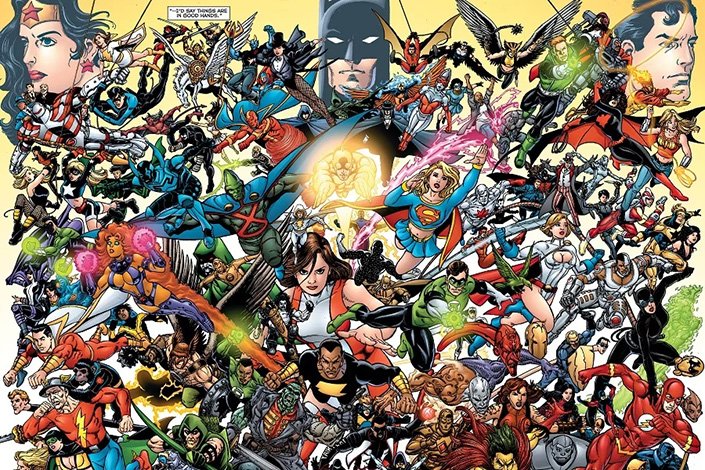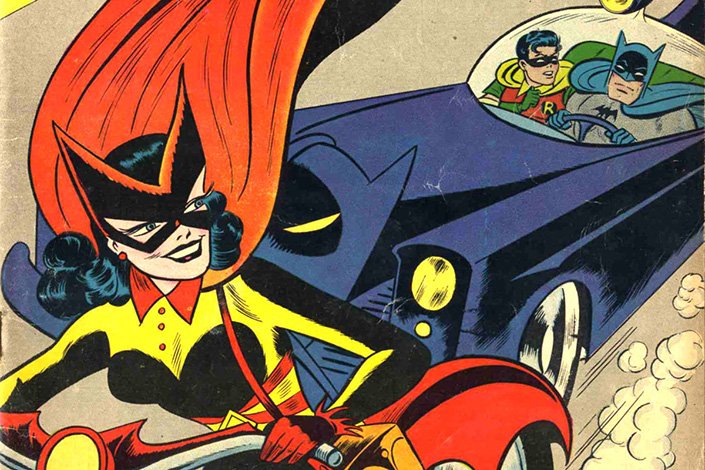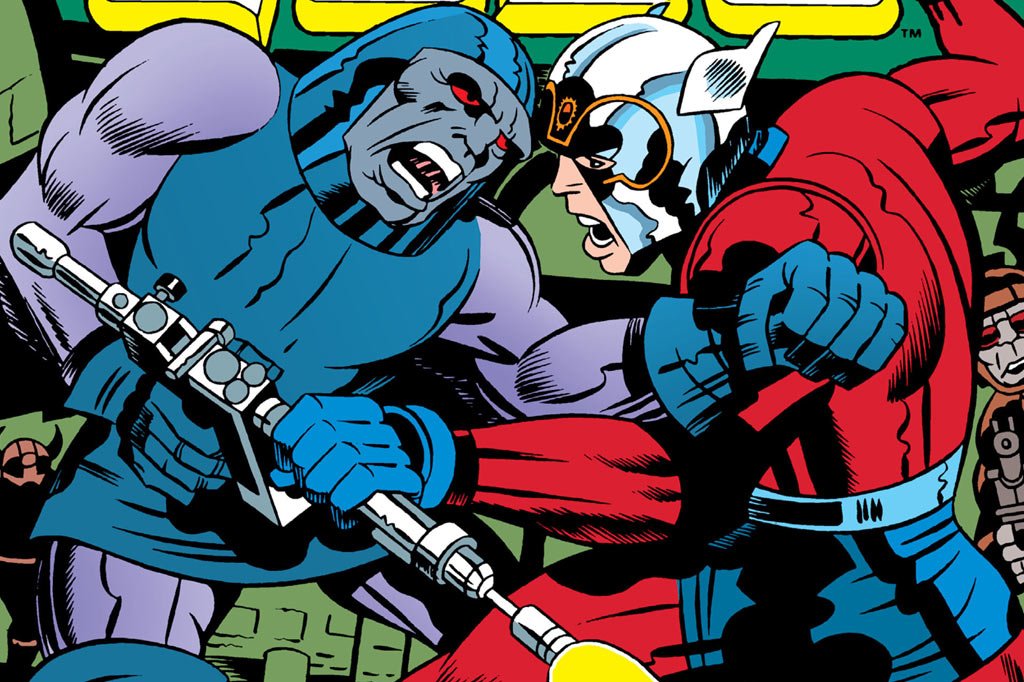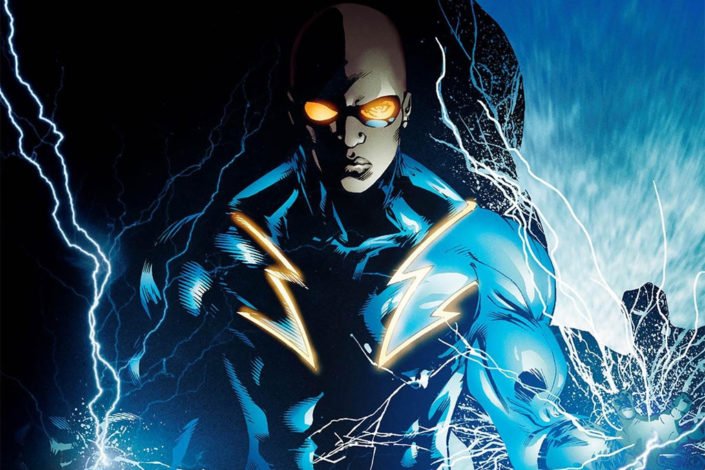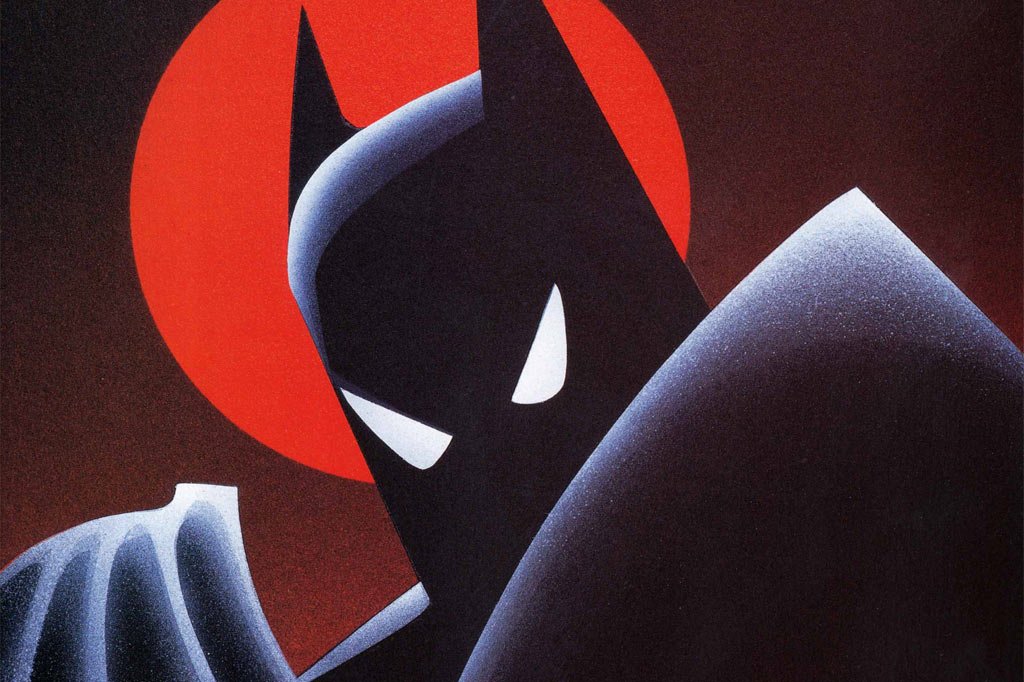25 Best DC Comic Books to Read: Our selection of the best DC Comics
Everybody knows Batman and Superman and with the DC Universe expanding on the big screen, the general public has been introduced to less familiar characters such as Shazam and Blue Beetle.
Like the Marvel Superheroes, those characters have lived decades of adventures on paper before. As DC is also renowned for its complicated timeline, those characters have been rebooted and rewritten (some more than others) throughout the years, making it sometimes more discouraging for new readers to dive into this world.
It would be regretful to miss out on great stories because of some temporal shenanigans that, more often than not, are not so important to enjoy the wild, fun, and diverse style of adventures you can find on the DC Universe. From some good detective stories to adventures in time and space, horror, comedy, and more, there is something for everybody.
To help you find some of the best DC stories out there, Comic Book Treasury has made a selection of 25 of the Best DC Comics to read. This is not an exhaustive list, and there are easily more great stories from DC out there.
Whether you are a new reader, an old one, or someone who read DC Comics for some past decades and wants to reconnect with the characters, we hope you’ll find something you want to read or re-read in this list.
As said above, this is not an ultimate list, so don’t hesitate to leave your own suggestions for the best DC Comics in the comments below!
Here is our selection of what we consider 25 of the best DC comics to read (in chronological order):
Read More »25 Best DC Comic Books to Read: Our selection of the best DC Comics
